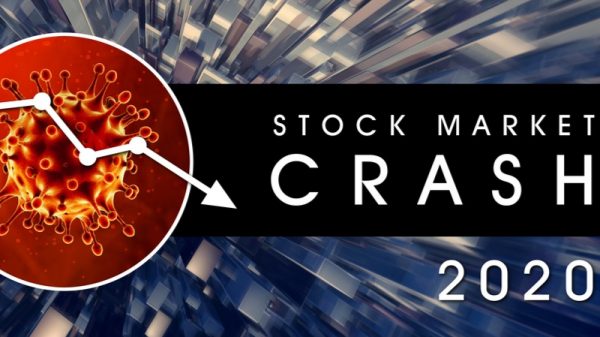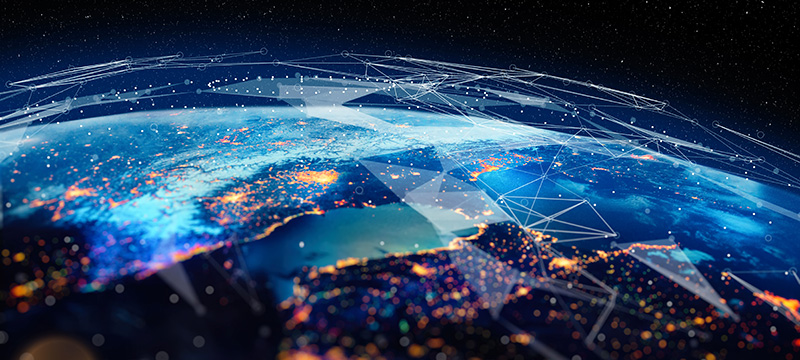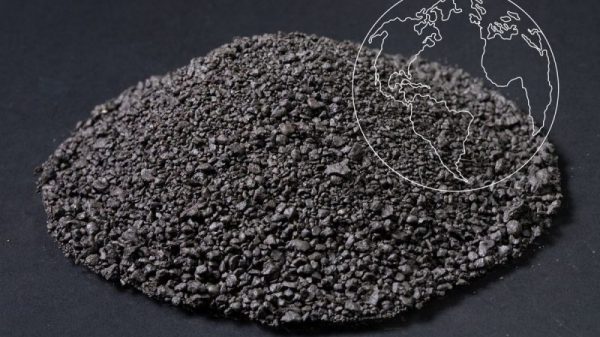The future of IIoT connectivity is up in the air — literally. Space is the new frontier for IIoT connectivity, as satellite connectivity is fast becoming the networking solution of choice for many industrial use cases.
IIoT, or the industrial internet of things, refers to an ever-expanding ecosystem of sensors, networking equipment, and analytics, which work together to collect, transmit, and analyze data from “things” used in industrial operations. Data transmissions from industrial assets help guide business decisions or automatically trigger actions.
For example, in agriculture, IIoT-enabled irrigation systems monitor soil moisture levels, weather forecasts, and other data points to help growers determine the best time to water, or the IIoT solution can automatically activate sprinklers without human intervention if programmed to do so. When talking about satellites, this two-way communication reveals the next-generation tech for remote operations.
First, though, let’s take a quick glance back.
What Satellite Connectivity Means for People in Remote Areas
Traditionally, IIoT has mostly relied on cellular connectivity and other terrestrial solutions for data transmission, but as IIoT continues its push into underserved locations — from remote grazing pastures in Colorado to offshore oil platforms in the Pacific Ocean — cellular solutions pose some serious limitations.
Connecting people, not things, is the foundational purpose of cellular infrastructure development, so in sparsely populated or remote areas, cellular service may be limited or even surprisingly unavailable.
While other non-cellular connectivity solutions exist, for certain circumstances, satellites are becoming a more viable solution, offering distinct advantages.
Competition is driving rapid innovation in the IIoT satellite space even as it drives down costs. As a result, companies that previously encountered lack-of-coverage or cost barriers with the various terrestrial networking options now have an affordable IIoT connectivity solution in the form of satellite — with cost savings between four and 20 times what they once might have paid.
Satellite connections are, by definition, wireless and don’t require remote operators to install fixed lines — DSL lines or coaxial cable — for data transmission. This added flexibility gives companies the freedom to scale their IIoT applications quickly and easily as their needs and business goals evolve. For example, a major agriculture company with an expanding customer base in remote parts of Brazil, Argentina, and Chile announced it will use satellite connectivity to operate autonomously driven tractors in those countries.
In these remote areas with no cellular or Wi-Fi coverage, real-time communication through satellite connectivity allows farmers to stop and start the tractors and other unmanned equipment, monitor the equipment’s performance, and determine what to do when a tractor encounters an obstacle — all through an app-based control panel from afar.
Meet LEO and GEO
Not all satellites are created equal, however. There are three common satellite types: Low Earth Orbit (LEO) satellites, Medium Earth Orbit (MEO) satellites, and Geostationary Equatorial Orbit (GEO) satellites. LEO and GEO represent the two altitudinal extremes and are most commonly used for IIoT connectivity.
LEO satellites are smaller and orbit closer to the Earth, so launching them is less expensive. LEO satellites circle the earth several times a day, so multiples are needed to fly in succession over the target geographic area in order to provide consistent coverage and avoid dataflow disruptions. The ground equipment needed to monitor and maintain LEO satellite constellations is also extensive.
GEO satellites — a type of geosynchronous orbit (GSO) satellite — also orbit the earth, but they do so along the equator in the same direction and at the same rate the earth is spinning. Hence, from our vantage point, a GEO satellite looks like it’s standing still since it is always above the same location.
Its daily orbit notwithstanding, a GEO satellite, for all intents and purposes, stays “parked” above the area that needs coverage. Since GEO satellites are continuously visible, ground station tracking is not required, and their greater height offers substantially more geographic coverage; in fact, only three GEO satellites can provide whole-earth coverage.
LEO satellites and GEO satellites both have their place in IIoT connectivity. With less distance for signals to travel, LEO satellite solutions historically have offered lower latency rates and higher bandwidth capabilities, although newer GEO satellite solutions offer these capabilities now, as well, with a signal-bounce delay of about one-quarter of a second.
The end user’s needs, business goals, and budget will determine which IIoT satellite solution is best. We’re seeing an increasing need for two key requirements for satellite connectivity — real-time or near real-time data transmission and two-way communications.
Can Satellite Connectivity for Remote Operations Minimize the Impact of Catastrophes?
Environmental catastrophes happen more frequently than we are even aware of. Being able to positively impact a critical issue before it happens is certainly the goal of many.
IIoT and its network-connected sensors and dataflow provides the catalyst for alarming and alerting to help alleviate the impacts of disastrous situations whether they be natural phenomenon, human error, or otherwise created.
Let’s take the case of a timber company using sensors to detect lightning strikes or approaching wildfires. Strategically placed sensors are programmed to detect various gas profiles indicative of those events. A delayed alert could spell disaster, so real-time notifications are of paramount importance. The same is true for oil and gas companies that receive alerts before catastrophic equipment malfunction—real-time alerts to what’s happening in the field could save millions of dollars and prevent environmental devastation and other ramifications.
One-way and Two-way Satellite Communications
In many use cases, two-way communication is needed to optimize industrial operations. Some IIoT connectivity solutions only transmit data one way, from the sensor to the end user, which is sufficient in many cases to make informed decisions — for example, a sensor indicating that a trash can atop a mountain in a national park will soon need servicing. But one-way communication doesn’t allow a remote operator to ping a command down to a device to perform a specific function, including critical upgrades.
Let’s use underground pipes for this example. In the winter, the remote operator is most concerned about temperature since frozen pipes are liable to burst. However, in the summer, monitoring pressure is of utmost importance to ensure the integrity of the pipes. With one-way satellite communication, someone would need to drive out to the location and manually reconfigure the IIoT sensor to get the desired readings. With two-way satellite communication, problems can be fixed automatically at the source.
While satellite connectivity isn’t about to unseat cellular IIoT connectivity, as IIoT pushes into increasingly remote locales, satellite solutions are positioned to keep pace with IIoT demand in these areas in a way that cellular simply cannot, making satellite connectivity the next-generation tech to explore for remote operations.
The post Satellite Connectivity Becomes Next-Generation Tech for Remote Operations appeared first on IoT Business News.



























